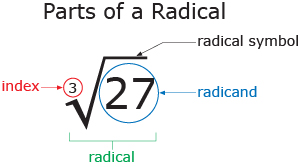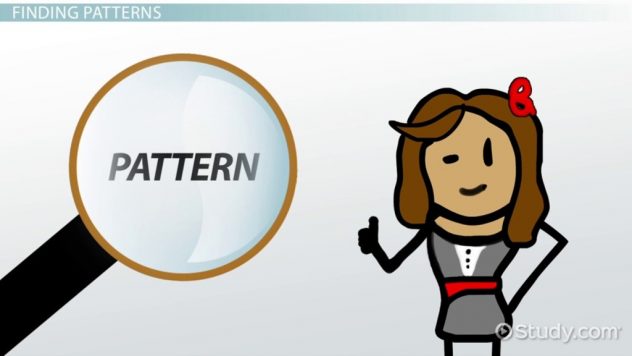This week in Pre Calc 11 I learned how to convert general form into standard form. I will show you how it uses completing the square but it a little different from last unit of solving quadratic equations. In this unit it helps us graph what the function will look like (this should look like a parabola)
Converting from General Form to Standard form.
ex/
Step 1: Place brackets around , then divide by 2 to get
instead of
Step 2/3: Divide by 2 and square it; place it in two blank spaces beside
one being added and one being subtracted.
Step 4: Multiply the 2 you factored out in step 1 to to remove it from the brackets.
Step 5: Factor the inside of the brackets.
Hint: What you squared in step 2/3 is you factor.
Step 6: Simplify
Final Answer:
You can check if you have done your calculations correctly by using desmos.com
notice how both equations line up perfectly, this means that both are equivalent.
Standard form can tell us:
Standard formula:
a = 2
p =
q=
Horizontal translation: units right
Vertical translation:
Vertex : ( ,
)
Axis of symmetry:
This is how you convert General form into standard form in the unit of Quadratic equations. The standard form can tell you a lot about what it looks like and how to graph it. This is my favorite form in this unit because it tells me so much information and it is very useful. 🙂




































 NOT ARITHMETIC, NO CONSTANT DIFFERENCE
NOT ARITHMETIC, NO CONSTANT DIFFERENCE